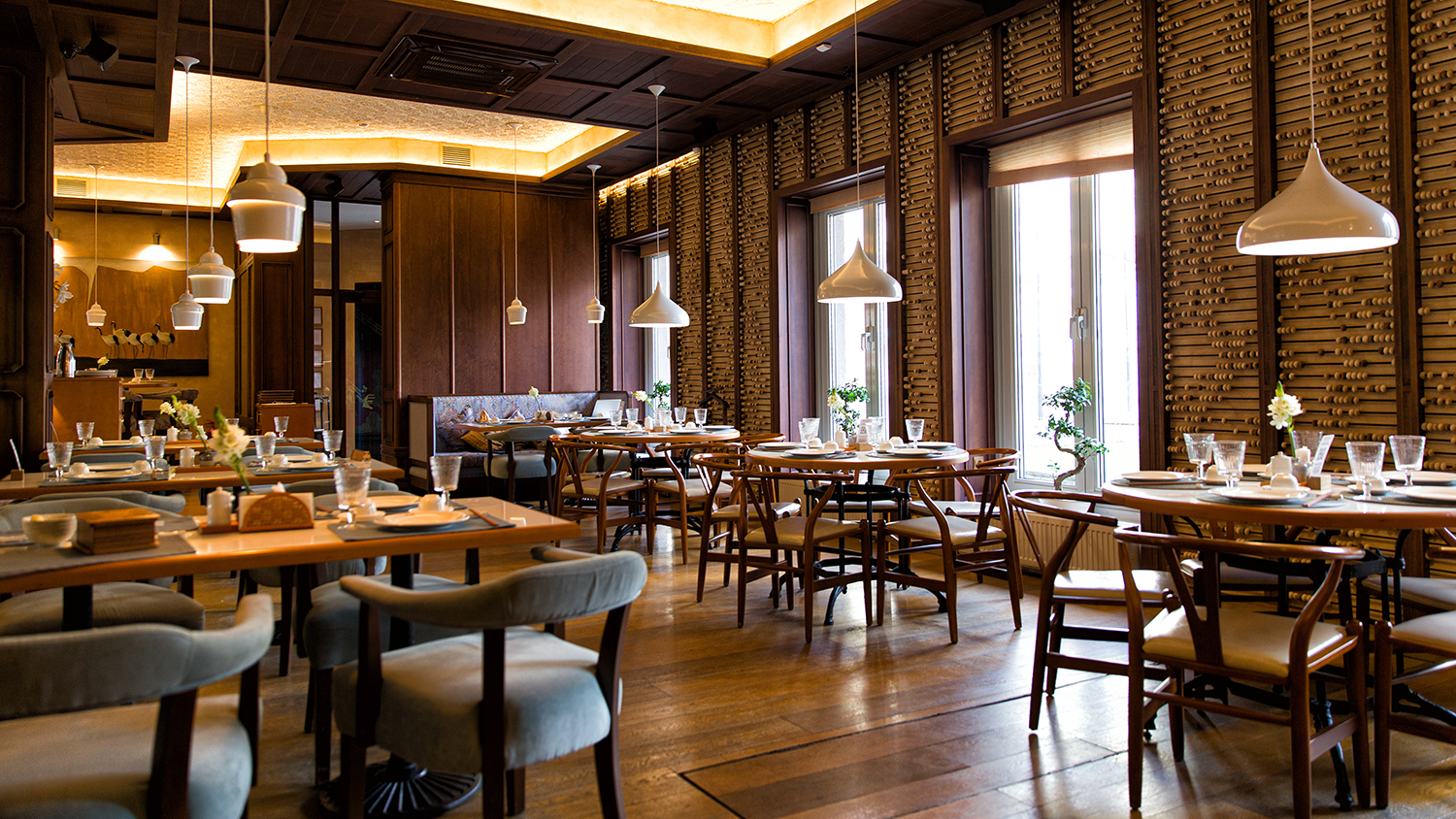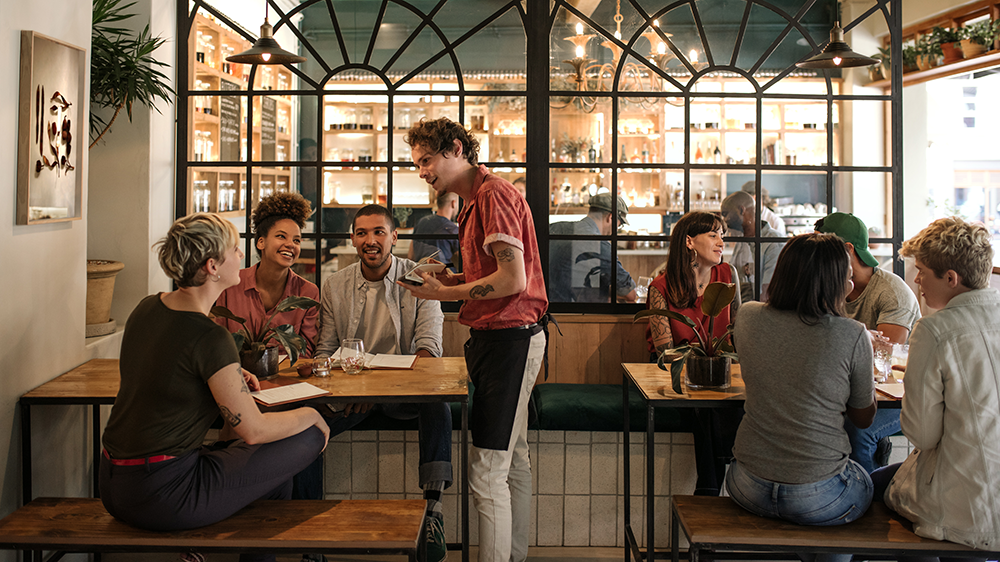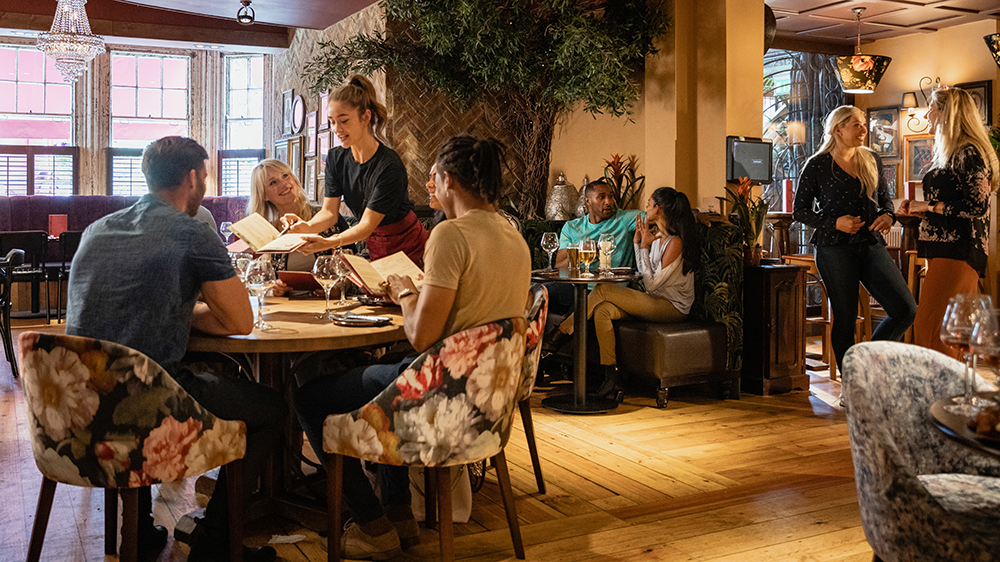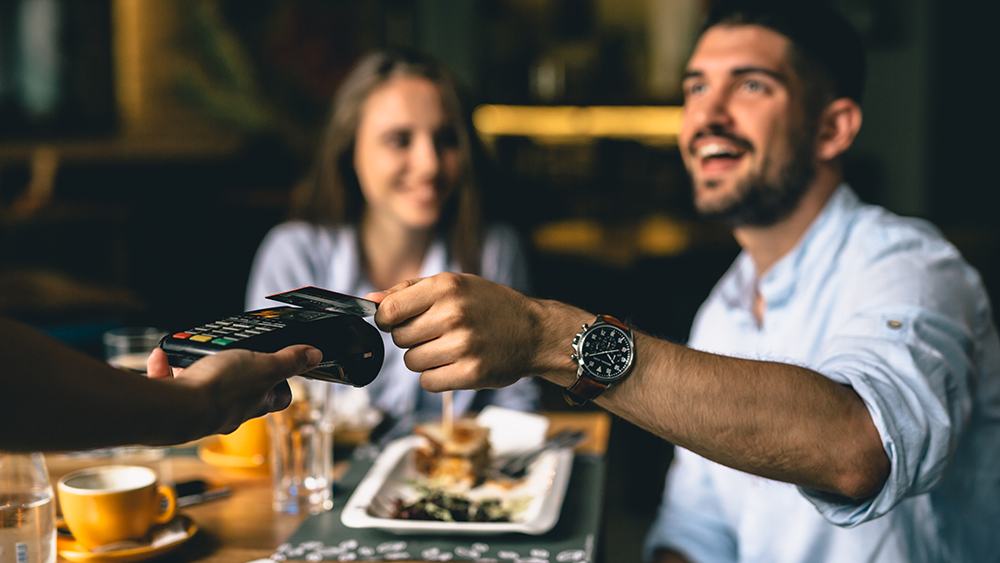By Jordan Ellis, Contributor
Fast service is not the only way to boost turnover. Your restaurant’s layout, seating, lighting, and overall design all influence how quickly guests dine and leave. Understanding how design choices help increase table turnover rates is key to improving efficiency while still providing a positive dining experience.
Smart Interior Choices That Shape Dining Pace
Creating the right ambiance for your restaurant encourages both comfort and efficiency. A space that is too relaxed might slow down diners, while a tense setup may drive them away. Balance is key. The right ambiance makes guests feel welcome. The structure of your dining area sets the pace. Choose firm chairs with upright backs instead of plush, deep seating. Guests stay comfortable enough to enjoy the meal but are less likely to linger. Two-top tables offer flexibility and speed. Booths are best reserved for families or off-peak hours, as they tend to hold diners longer.
Smart spacing also improves flow. Keep aisles clear and service paths open. Make sure hosts can easily see cleared tables, and guests can move in and out without delay. Cramped walkways slow everyone down. Well-spaced seating improves both comfort and efficiency.
Music and noise levels matter. Upbeat background music encourages guests to eat slightly faster. Keep the volume high enough to create energy but low enough for conversations. During peak hours, music can subtly nudge tables along without the need for words.
Use color to influence pace. Warm hues like orange and red boost energy and appetite, while cool colors encourage lingering. For faster service, decorate with warm accents on walls, menus, or artwork.
Visuals and Menus That Speed Up Decisions
Menus should be easy to read and quick to scan. Limit the number of choices. Organize them. Use large fonts, short descriptions, and appealing images of bestsellers. Highlight fast-prep items or combos that are designed for efficiency.
For clarity and speed, design your menu with:
Clear categories and minimal sections
Popular items are placed at the top
Combo meals for fast ordering
Large, legible fonts and clean design
High-quality food photos with labels
Display your bestsellers on tabletop inserts or menu boards. QR codes also help guests browse and order while waiting to be seated.
Your seating visuals matter, too. Clean lines, uncluttered tables, and organized place settings all set expectations for fast, efficient service. When the space looks sharp, people tend to act faster and eat quicker.
Your online image helps set in-person expectations. Post real-time content that reflects quick service and steady flow. Use fast-paced behind-the-scenes clips and daily specials to hint at energy and efficiency.
Digital content for social media can show tables turning, dishes arriving quickly, or happy guests getting in and out during lunch breaks. These subtle signals shape behavior before diners even walk in.
Staff Training and Service Timing
Even the best design won’t work without well-trained staff. Servers should read the table and pace themselves accordingly. Pre-bus when appropriate. Drop checks without delay. Smile, but move with intention.
Make sure hosts and runners understand your turnover goals. Quick greetings, fast seating, and efficient table clearing all contribute to momentum. Staff behavior often mirrors design cues—use both to your advantage.
Train servers to approach the table at the right times. A water refill or dessert offer can gently suggest the end of the meal. If guests look ready to go, hand them the check with a kind word. It feels natural when done right.
Share goals with your team. Make sure everyone — from the dishwasher to the front-of-house manager — knows why design changes were made. Staff who understand the strategy behind layout and pacing will support it more actively.
Marketing to Match Your Dining Speed
Restaurant marketing should reflect the rhythm of your dining room. Promote your express lunch service. Share photos of short lines and efficient meals. That sets expectations from the start.
Cost-effective restaurant marketing tools can include:
Email campaigns showcasing fast lunch menus
SMS alerts to reduce wait times
Loyalty rewards for frequent short visits
Social media reels that show efficient table service
Tabletop signage promoting time-sensitive specials
If you run promotions, target off-peak hours, or offer fast-service offerings. Avoid encouraging long stays during your busiest times. Time-based specials — like happy hour or late lunch deals — can redirect slower diners to less critical windows.
Increase Table Turnover Rates by Small Changes
The impact of small design tweaks becomes clear when they help increase table turnover rates. Simple updates — like replacing furniture, adjusting lighting, or changing music volume—can lead to more daily covers without major investment.
Cut down on oversized waiting areas. If guests feel too comfortable waiting, they will also feel too comfortable staying. Keep lobbies minimal. Use mobile waitlist apps to notify guests as soon as a table opens. Encourage prompt arrivals and timely departures.
Test changes gradually. Monitor average table time. Track guest flow and order frequency. Talk to your staff about what’s working and what needs adjustment. Your design doesn’t have to be final — it should evolve with your goals.
Check your restaurant’s daily flow from open to close. Look for bottlenecks. Is the register too far from the kitchen? Are guests waiting for checks? Is the bar seating overused during meal rushes? Every little delay adds up.
Turnover Starts with Design
Your restaurant’s success does not rest on fast food alone. It is about pace, space, and strategy. Learning how to increase table turnover rates involves more than just staffing and kitchen speed—it includes lighting, seating, spacing, menu design, and your digital presence. When all these elements work together, guests enjoy a smooth experience, dine efficiently, and leave satisfied.
Design is your silent partner in managing flow. With the right updates, your tables won’t just look better — they will perform better too.
About the Author
Jordan Ellis is a Relocation Planning Specialist at Upline Moving, a full-service moving company that helps families, individuals, and businesses relocate with expert packing, storage, and transportation support. She works closely with clients in the hospitality industry to support smooth transitions during renovations, relocations, and reconfigurations. Her writing reflects a practical understanding of operational flow and logistics.












